
A City That Works:
Public Space as a Civic Promise
16 Actions Los Angeles Leaders Can Take to Improve LA’s Public Realm
Angelenos deserve sidewalks, streets, and parks that work. Developed by Investing in Place and the Public Space Leadership Council, this roadmap outlines 16 recommendations to help Los Angeles deliver on its civic promise by managing public space with care, coordination, and long-term commitment.
Jump to:
The Problem We Can Solve
“Managing public space well requires more than good design—it takes vision, coordination, and long-term investment. A Capital Infrastructure Program is really a foundational step toward building public spaces that reflect who we are as a city and serve the everyday needs of Angelenos.”
Connie Chung
Managing Partner, HR&A Advisors, Los Angeles
Sidewalks, streets, parks, and plazas are the most-used public assets in Los Angeles. They help us get where we need to go, but they also do much more. These are the spaces where neighbors stop to chat, where kids play and families celebrate, where vendors serve delicious tacos and fresh fruit, where musicians perform and community life unfolds. From festivals to farmers markets, from protests to public art, these spaces bring our city to life.
In Los Angeles, more than 20 departments and agencies oversee the public realm, but no one is ultimately responsible for ensuring our sidewalks, streets, parks, and plazas are functional and accessible. There is no shared structure, no unified plan, and no way to track progress citywide. Even strong efforts get stuck in silos. Departments must navigate disconnected budgets, systems, and priorities, often with limited staff and no clear support.
We do not just need new projects. We need a better system that brings coordination, intention, and long-term care to the public spaces that shape daily life.
Los Angeles Needs a Capital Infrastructure Program
“Every city deserves a public realm that reflects care, coordination, and a commitment to the common good. That takes turning civic values into lasting public investment.”
Nicole Neditch
Governance and Economy Policy Director, SPUR
Los Angeles spends nearly $1 billion a year on sidewalks and streets, without a shared strategy or system to track results. Parks are underfunded, with LA ranking near the bottom in per-resident park spending among major U.S. cities. Peer cities invest three to five times more.
Meanwhile, preventable harm drains public dollars. In 2020 alone, the City paid $12 million to settle sidewalk injury claims; that’s almost a third of what it spent on actual sidewalk repairs. The costs have only grown.
Instead of investing in lasting solutions, the City continues to absorb the rising costs of neglect. This is not just inefficient. It is a missed opportunity to treat public space as what it truly is: a shared civic resource that supports health, safety, belonging, and daily life.
What a CIP Can Do for Los Angeles
“Public infrastructure investments should do more than fix broken systems, they should open doors to good, local jobs. A Capital Infrastructure Program gives the City a real opportunity to build with intention and ensure that the benefits of public spending reach the people who live and work here.”
Don Howard
President and CEO, The James Irvine Foundation
A Capital Infrastructure Program, or CIP, is a basic tool used by nearly every major U.S. city. It is a multi-year plan that helps cities:
- Link funding to shared citywide goals
- Set timelines and track delivery
- Coordinate across departments and neighborhoods
- Measure results so residents and staff can see what is working and what is not
- Direct investments where they are needed most, not just where political pressure is loudest
Without a CIP, Los Angeles is operating without a map.
Cities that have a Capital Infrastructure Program



U.S. Census Bureau, Population Estimates Program, “City and Town Population Totals,” Vintage 2024 Population Estimates
Why Now
“Los Angeles has talent and tools, but not the comprehensive prioritization needed to deliver at scale. A Capital Infrastructure Program gives us the structure to connect the dots, close funding gaps, and build the sidewalks, streets, and spaces Angelenos rely on.”
Dennis Rodriguez
Parsons Corporation, Vice President of California Growth Markets
This is a moment of possibility. Tight budgets, global attention, and decades of unmet needs are pushing Los Angeles to do things differently. A CIP gives the City the structure to plan ahead, coordinate action, and build the kinds of public spaces Angelenos want and deserve.
In a time of political and funding uncertainties, it’s more important than ever for local governments to deliver consistent, visible care for our communities. We may not control everything—but how we manage local dollars, infrastructure, and public space is within our power. And it matters deeply in people’s daily lives.
In the wake of fires, climate disruptions, and recent events that have left many communities feeling unsettled, Angelenos have continued to gather and show up for one another. Our parks, sidewalks, and streets become places of resilience and belonging. The systems that support them should reflect that same spirit.
How We Can Fix This
“Public spaces are stages where community life happens. When cities engage with their residents and respond with care and intention, they create places where joy, culture, creativity, and connection will flourish.”
Barbara Goldstein
Founder and Advisor, Art Builds Community
The Public Space Leadership Council is a group of civic, business, philanthropic, and community leaders convened by Investing in Place. Together, we developed 16 clear recommendations for how Los Angeles can adopt a Capital Infrastructure Program and build a system that works.
16 Actions to Improve LA’s Public Realm:
FIX THE GOVERNANCE STRUCTURE
- Adopt a clear, citywide vision centered on outcomes, not activities or department checklists
- Amend City Charter to require a 5-year comprehensive Capital Infrastructure Program (CIP)
- Amend City Charter to dissolve Board of Public Works; establish a Director of Public Works
ALIGN CITY DEPARTMENTS
- Create an Office of Public Space and Infrastructure Management
- Clarify Department of City Planning’s role in public infrastructure strategy
- Explore LADOT consolidation into Public Works
- Clarify Recreation and Parks’ role in capital planning and coordination
CENTER COMMUNITY AND WORKFORCE NEEDS
- Establish local hire and workforce development goals as part of CIP implementation
IMPROVE BUDGETING
- Commit to no new taxes related to public space without Charter reform requiring adoption of a 5-year CIP
- Transition the City budget to a two-year cycle and ensure adequate staffing to support CIP implementation
BUILD BETTER SYSTEMS
- Implement a citywide asset management system
- Establish a “State of Good Repair” policy with enforceable standards and maintenance funding
- Require Life-of-Project Cost Estimates
STRENGTHEN ACCOUNTABILITY AND RESILIENCE
- Integrate climate resilience and equity benchmarks into project selection and design
- Implement a metrics-based project delivery system
- Mandate annual Controller audits of CIP projects
Why This Matters
“Infrastructure isn’t just about streets and bridges— it’s about creating opportunity and strengthening communities. A Capital Infrastructure Program is a blueprint that harnesses data, strategy, and innovation, so the City can invest where it matters most and build public spaces where neighbors become friends and every Angeleno feels like they belong.”
Juan G. Lopez
Innovation and Strategy Manager, Deloitte Consulting LLP
Public space is where daily life unfolds. When it works, it reflects care and provides opportunity. When it doesn’t, it creates barriers.
We have a chance—and a responsibility—to fix the system that shapes our shared spaces. The time to act is now.
Members of the Public Space Leadership Council
“Public spaces shape how we feel about ourselves and each other. When Los Angeles invests in them with care, coordination, and long-term vision, every neighborhood can feel more connected and considered.”
Midori Mizuhara
Studio Director for Cities + Urban Design, Gensler
These recommendations are the product of collaborative, grounded work shaped directly by the Public Space Leadership Council, a cross-sector group of civic leaders convened in 2025. Over months of dialogue, members helped craft and refine the structural reforms and recommendations outlined here, focusing on long-term planning, transparent budgeting, and coordinated delivery.
Team

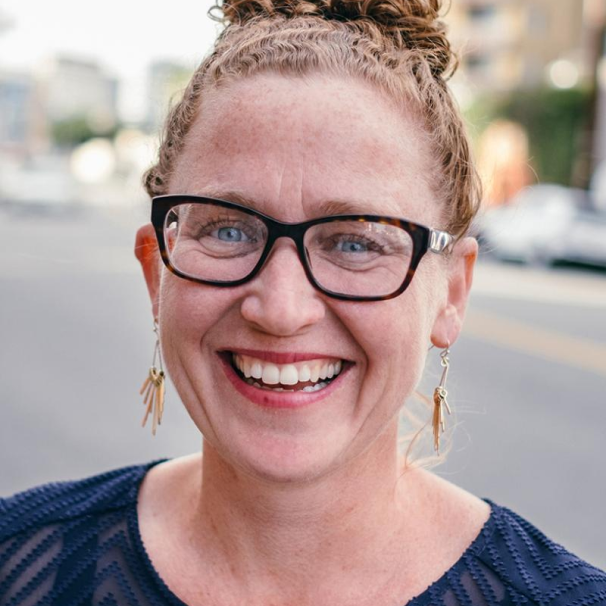
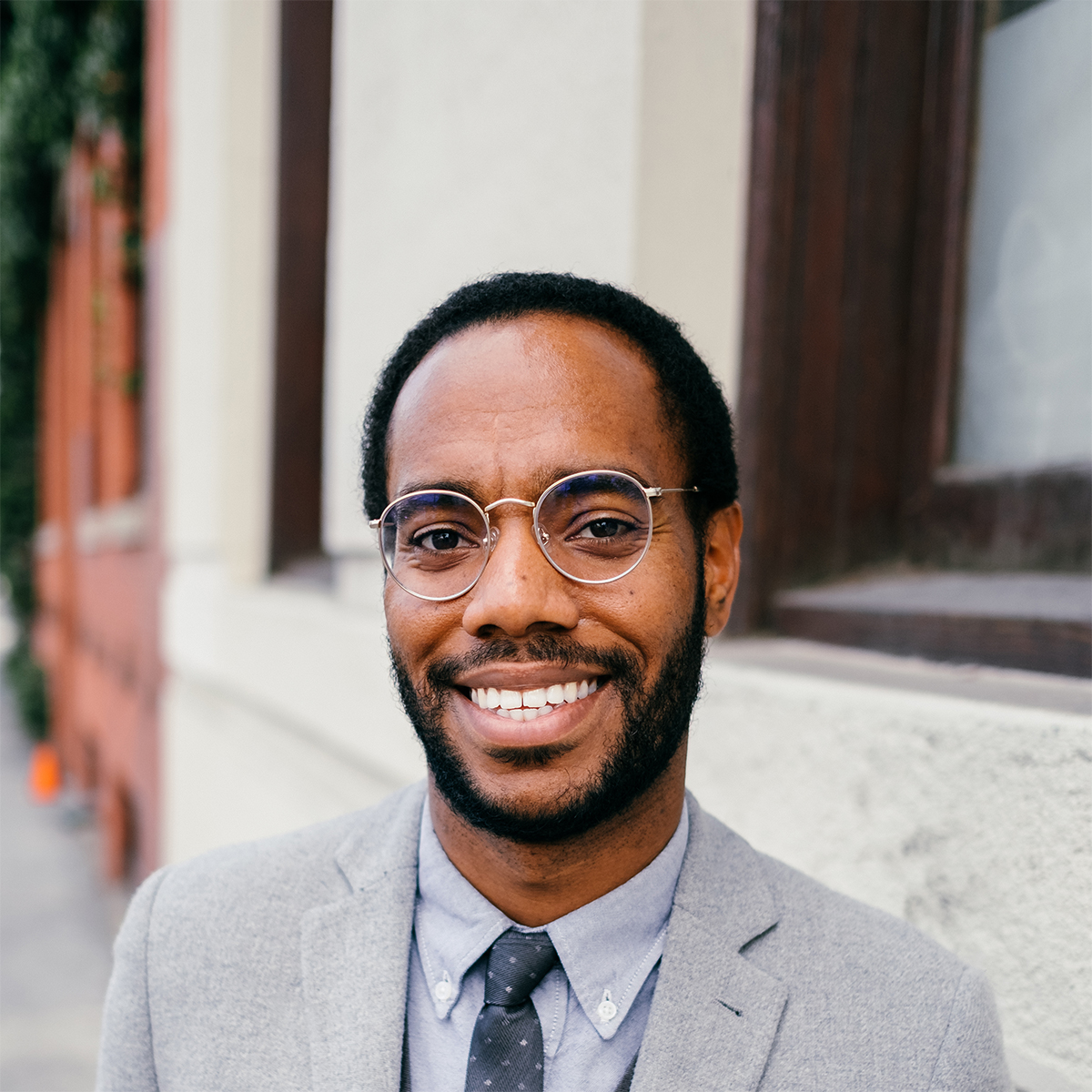

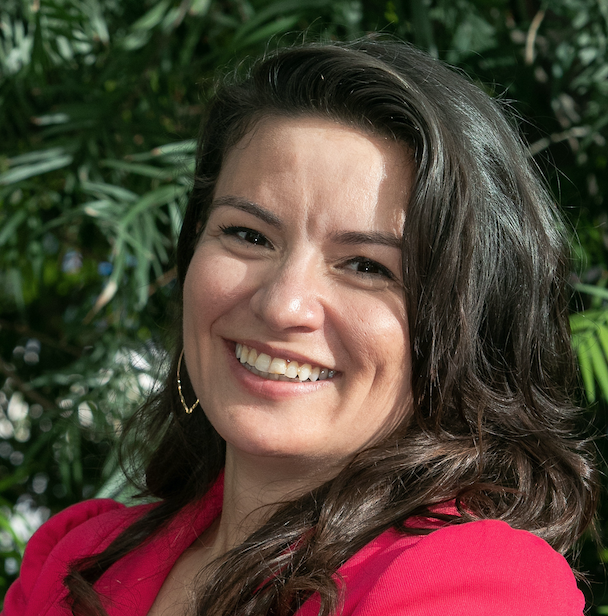
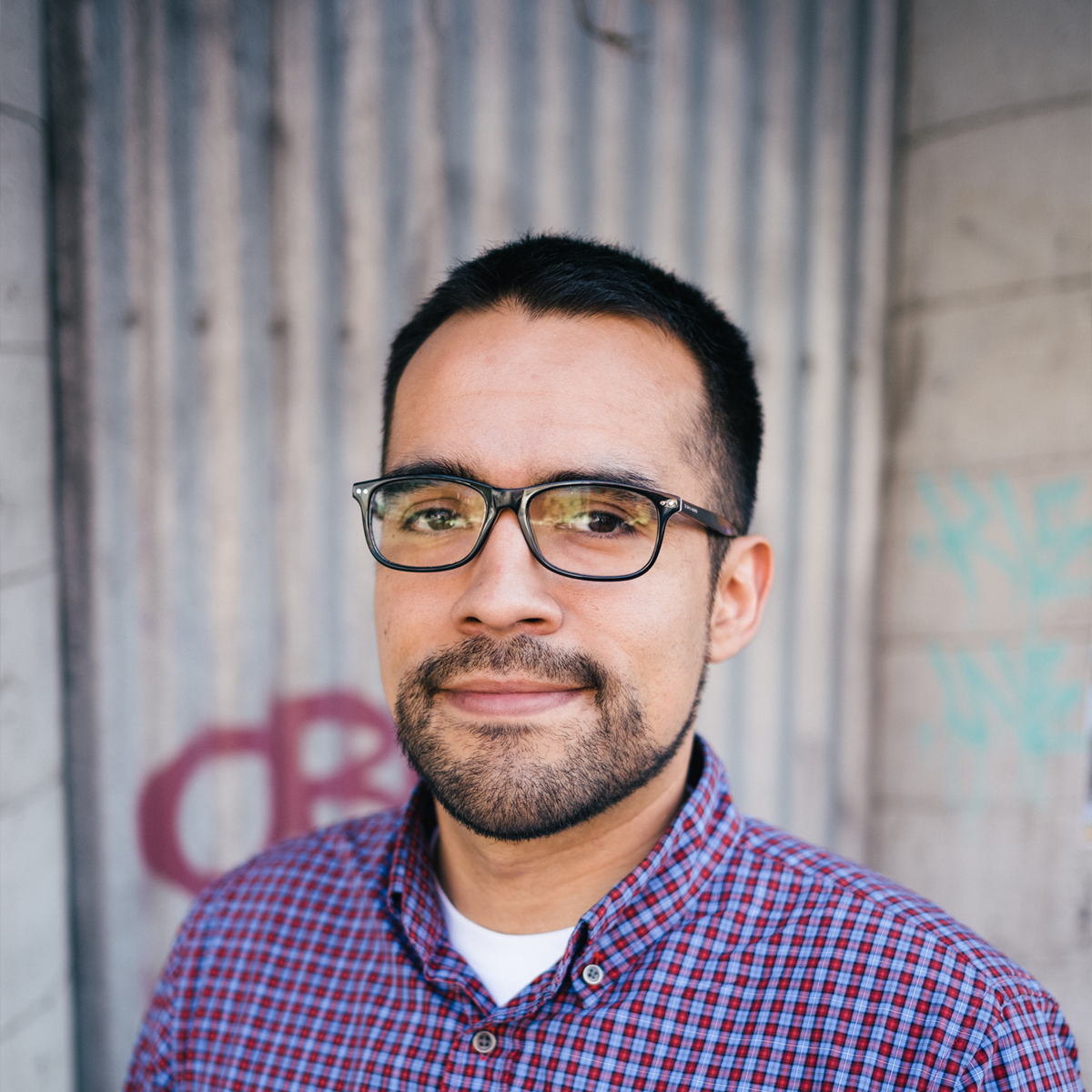
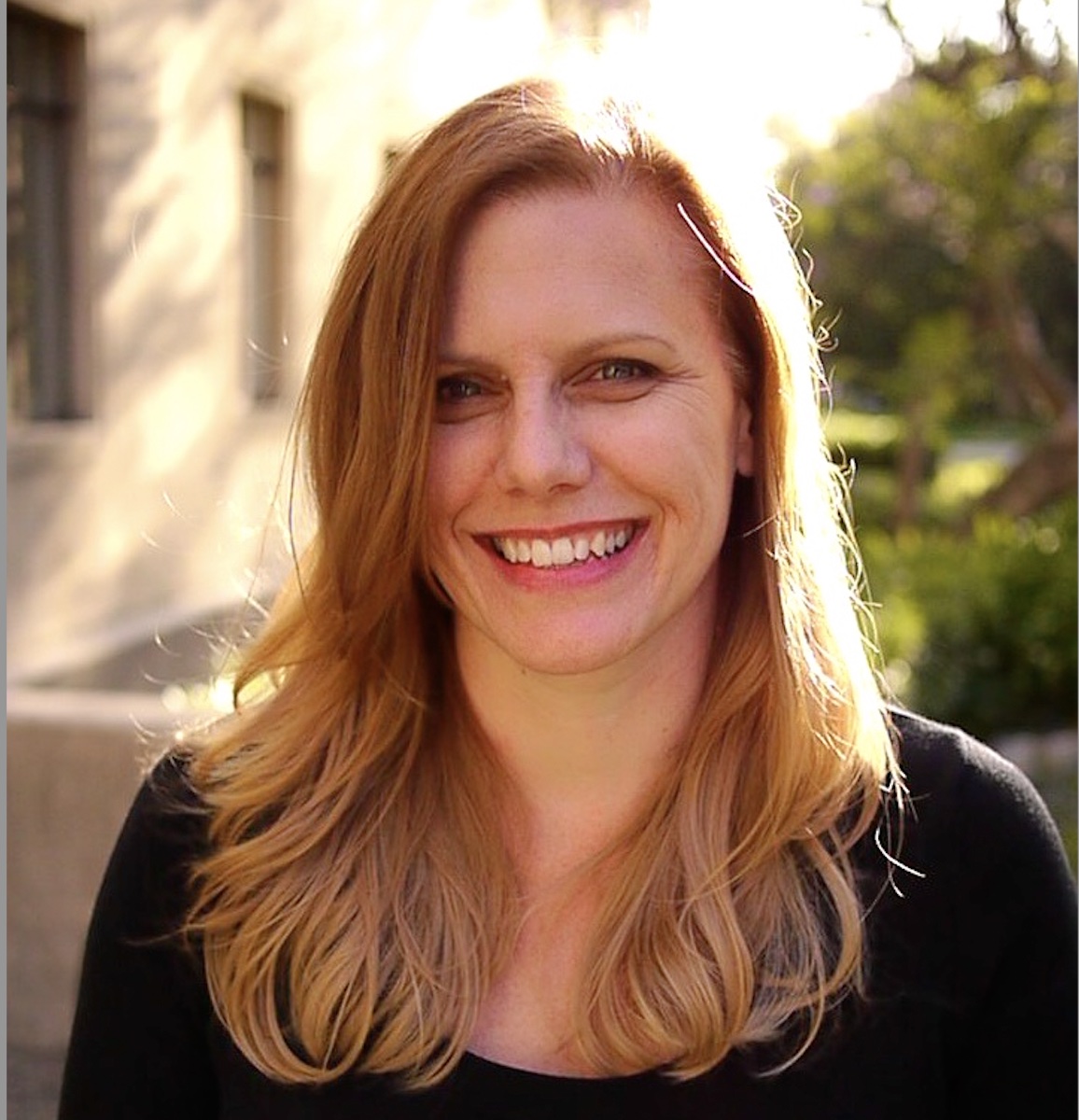
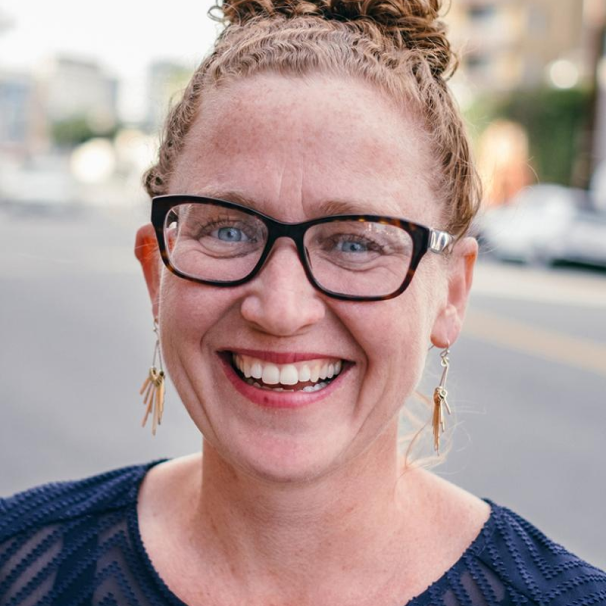
You must be logged in to post a comment.